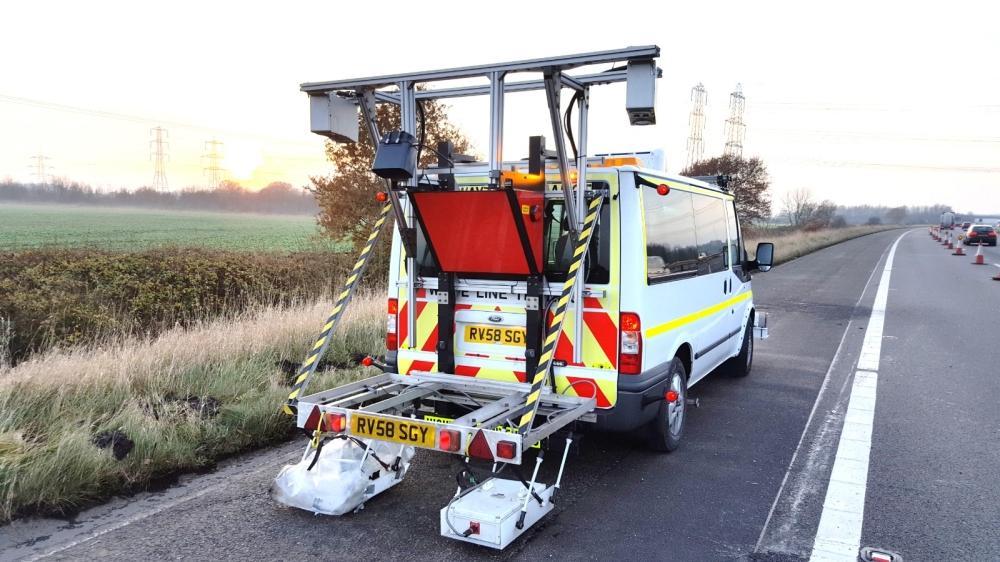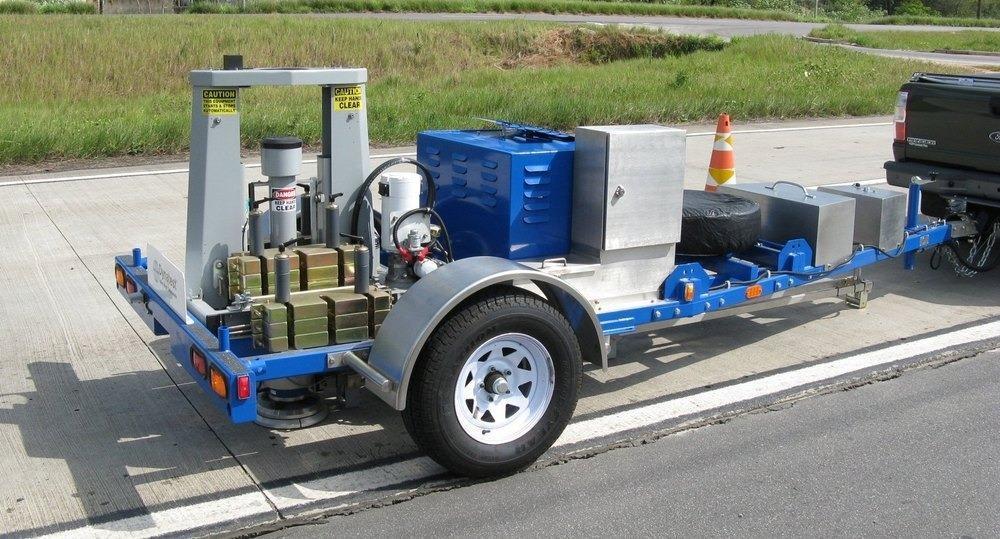Africa-Press – Rwanda. Rwanda is set to receive a Multi-Function Vehicle (MFV) and a Falling Weight Deflectometer (FWD), key devices used in the evaluation of road pavement after construction.
Rwanda Transport Development Agency (RTDA) officials described this as a transformative step toward scientific and data-driven road construction and maintenance. These technologies cost about $800,000 (approx. Rwf1.1-1.4 billion), according RTDA.
The tools, procured from Denmark, will give engineers an unprecedented ability to assess the condition and strength of national and district roads without disrupting traffic or damaging pavements, RTDA officials told The New Times on Friday, November 14.
Multi-Function Vehicle (MFV) and a Falling Weight Deflectometer (FWD), are used in the evaluation of road pavement after construction.
Imena Munyampenda, RTDA Director General, said the two technologies will arrive in the country in December and start operations early next year.
“These tools will give us real-time, accurate and comprehensive data about the state of Rwandan roads. It is a major shift from visual inspections to scientific pavement analysis,” he said.
The Multi-Function Vehicle is a highly advanced mobile laboratory that scans roads while moving at normal traffic speeds.
“Using laser sensors, high-resolution cameras and a suite of digital measurement systems, the MFV captures both visible and hidden signs of pavement distress,” Imena said.
“It generates 2D and 3D images of the road surface, allowing us to detect cracks as narrow as one millimetre, measure pavement texture, identify and evaluate rutting across a four-metre width in a single continuous run.”
He added that the vehicle is equipped with the Laser Crack Measurement System (LCMS), one of the most sophisticated pavement imaging technologies available.
“It uses laser line projectors and high-speed cameras to create detailed 3D profiles of the road, enabling automatic detection of cracking, potholes, shoving, bleeding, and other defects that affect safety and comfort. This means that even tiny weaknesses in the asphalt can be detected early, long before they evolve into costly failures,” he added.
The Multi-Function Vehicle (MFV), embedded in a Mercedes-Benz Sprinter, is also equipped with a Road Surface Profilometer (RSP), a system that measures the International Roughness Index (IRI) and Ride Number (RN), both internationally recognized indicators of road smoothness and pavement quality.
The RTDA boss also explained that its system can operate day or night at speeds of up to 100 kilometre per hour and includes a unique ‘stop and go’ feature that allows accurate measurements in urban areas with traffic lights, roundabouts and stop-and-go movements, which will enable RTDA to survey both urban and rural networks efficiently.
“We will have continuous, high-precision surface data for thousands of kilometres. This will help us prioritize maintenance, plan rehabilitation and extend the lifespan of our roads,” Munyampenda said.
The MFV also comes with GPS, optional gyroscopic systems and up to eight cameras that can be integrated into national Geographic Information Systems, giving planners a complete view of road features and nearby infrastructure.
While the MFV focuses on what engineers can see on the surface, Imena said that the Falling Weight Deflectometer (FWD) scans what lies beneath.
“Mounted on a pickup truck, the FWD evaluates the structural strength of the pavement layers and the soil foundation. It does this by dropping a calibrated weight onto a loading plate, creating a force that simulates the impact of a heavy moving truck. Sensors arranged around the impact point immediately measure how the pavement bends,” he said.
He explained that the bending pattern tells engineers whether the underlying layers are strong enough or beginning to weaken.
“The method is non-destructive, meaning the pavement remains intact while still providing crucial data about its structural capacity. Because the FWD delivers immediate readings, we will be able to assess many road segments in a single day, making it highly efficient for network-wide evaluations,” he noted.
Munyampenda also said the FWD will significantly enhance the quality of road design and reconstruction.
“When we know the exact strength of each pavement layer, we can design better roads and recommend rehabilitation options with precision. This new tool will reduce guesswork, save public funds and prevent premature road failures,” he explained.
The FWD measurements help determine the thickness of pavement layers required to carry current and future traffic. Its data is also fed into computer models that simulate long-term performance, allowing engineers to estimate how roads will age over time and how frequently they will need maintenance.
For More News And Analysis About Rwanda Follow Africa-Press








